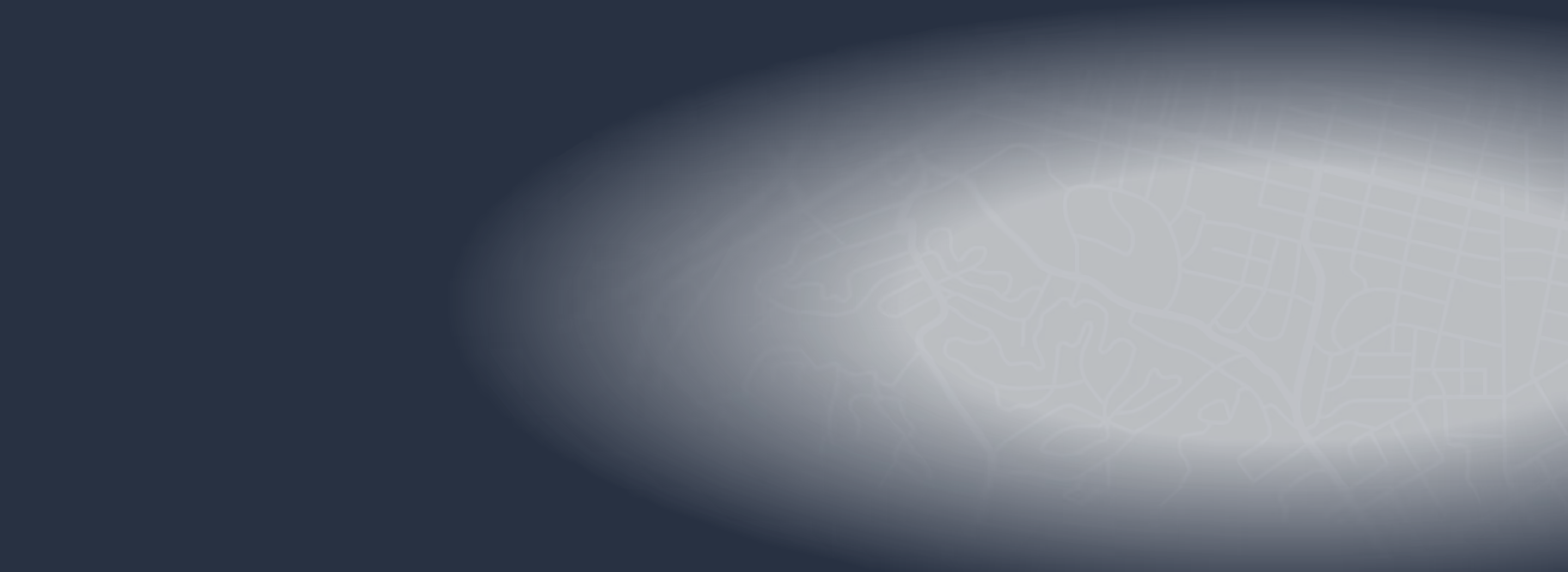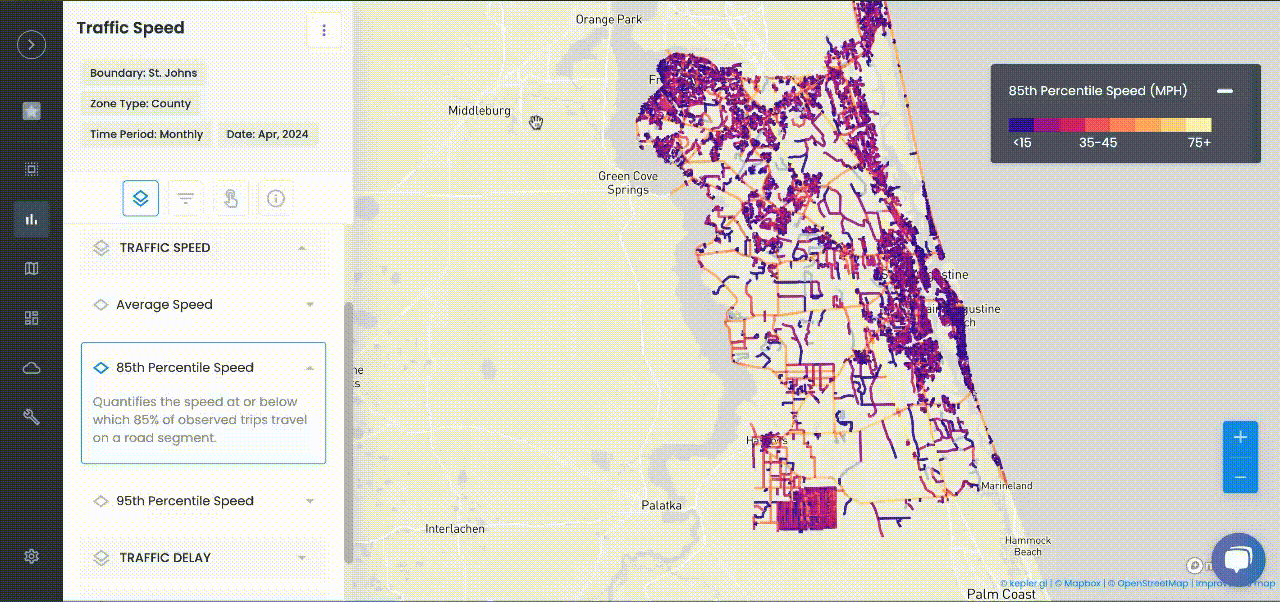
Transportation Planning
Smart & Sustainable Urban Development with Digital Twins
Digital twins can boost sustainability, cut emissions, and optimize energy, transport, and green spaces for smarter urban development.
Discover how digital twins boost sustainability, cut emissions, and optimize energy, transport, and green spaces for smarter, greener urban development.
Creating smart and green cities is way easier when urban planners can try out their ideas in a virtual environment. Digital twins help cities use energy more efficiently, cut down emissions and make life better for everyone while also helping with making decisions based on data.
For cities sustainability and smart growth go hand in hand and digital twins give planners the insights they need to hit goals for being carbon neutral and running services efficiently. By linking the digital twin to real-time sensors like traffic cameras, energy meters or air quality monitors cities get a clear picture of how everything works. Planners can test out green building designs, streamline traffic to ease congestion or figure out how to roll out renewable energy and improve waste management.
Integrating IoT and Data
- Sensor networks: IoT devices like air quality sensors, smart meters and traffic cameras send live data to the twin. This steady stream of data keeps everything updated. For instance smart meters in buildings show real energy usage so the twin can predict peak energy loads and suggest ways to save energy. This way planners get instant data-driven insights.
- Traffic and mobility: The twin can analyze traffic patterns using data from connected cars and public transit. Planners use this info to enhance transit routes, adjust traffic lights and promote public or active transport like walking and biking. For example the twin might reroute buses around road closures or recommend the best spots for new bike lanes. Better routing helps cut congestion and emissions.
- Electric vehicle infrastructure: The twin can predict where EV charging stations are going to be needed. By simulating how people will adopt electric vehicles planners can place chargers where they will be used the most which helps support cleaner transport.
- Water and waste management: Planners can simulate how water flows in pipes and plan out waste collection routes. By looking at usage patterns cities can spot leaks early on or create more efficient waste pickup plans. The twin can even simulate adding sensors like smart water meters to optimize use even more.
- Environmental monitoring: Sensors for air quality noise and weather feed data into the twin. Planners can test out interventions like low-emission zones or green barriers to see how they might improve air quality and public health.
- Data analytics and AI: The advanced analytics in the twin can spot inefficiencies such as unnecessary street lights or facilities that aren't used much. Planners can ask "what-if" questions like what if we add solar panels to public buildings or expand bike lanes. The twin calculates the potential energy savings or CO2 reductions before any physical work is done. It can also find unexpected opportunities to save resources.
Sustainable Infrastructure Planning
- Green building simulations: Architects and engineers can model new buildings in the twin to test their energy performance. They can change things like materials window placement or solar orientation to see how these tweaks impact heating and cooling needs. This way they can compare insulation and window options to maximize comfort while keeping energy costs low.
- Renewable energy integration: The twin can simulate adding wind turbines, solar farms or energy storage. By modeling weather and demand patterns planners can figure out the best spots and sizes for renewable projects. For instance the twin can help decide how big battery storage should be to meet changing demand.
- Urban green spaces: Digital twins can evaluate how parks, green roofs and trees impact the city. For example, adding trees in the simulation shows how they can shade areas and absorb stormwater. Planners can find a good balance between building development and nature and even promote more biodiversity.
- Resource optimization: Whether it's public lighting heating or water use the twin can find ways to save. For instance it can simulate schedules for street lights to save electricity or how much rain a garden can soak up during storms. By testing different scenarios the twin might suggest only turning on certain lights at night or adjusting thermostat settings to save energy.
Digital twins are key for smart city solutions because they let planners test and optimize before actually doing the work. With the right tools that include features like 3D visualization real-time simulations and AI analysis urban planners can make their cities smarter and greener.

TRAFFIC ENFORCEMENT FEATURES
80% of citizen complaints
are a perception problem
Urban SDK provides precise hourly speed data to evaluate complaints and deploy resources efficiently for the greatest impact to public safety.
Urban SDK provides precise hourly speed data to evaluate complaints and deploy resources efficiently for the greatest impact to public safety.
Target Speeding
Identify hot spots, validate monthly speeding trends and monitor vulnerable areas like school zones.
Improve Safety
Crash and citations location information to compare speed trends month over month
Fast Response
Respond to citizen complaints sooner with address search and exportable reporting
Deploy Assets
Generate maps for traffic enforcement by time of day, location or division to deploy officers to known problem areas.
RESOURCES
Customer Success
See how public sector leaders succeed with Urban SDK.
WEBINAR
Identify speeding and proactively enforce issues
See just how quick and easy it is to identify speeding, address complaints, and deploy officers.







